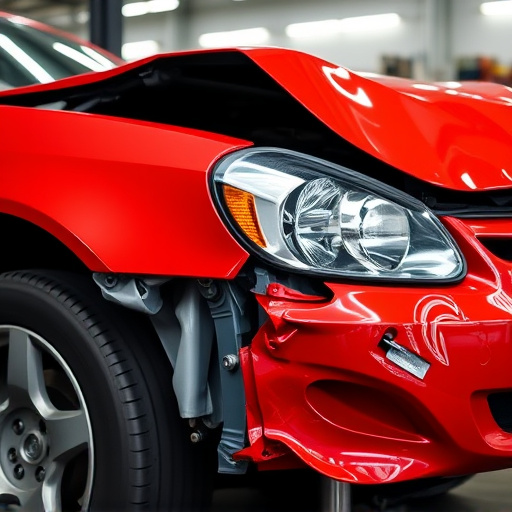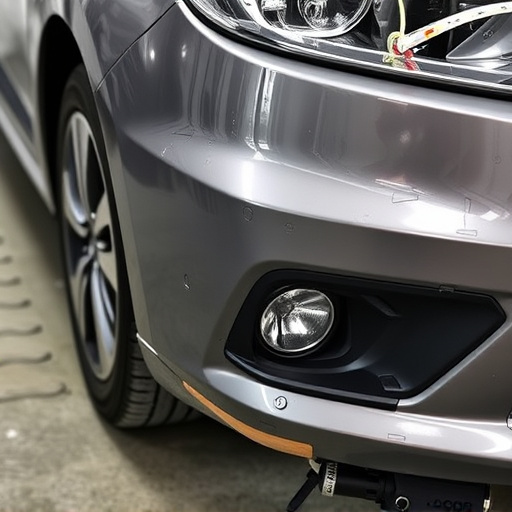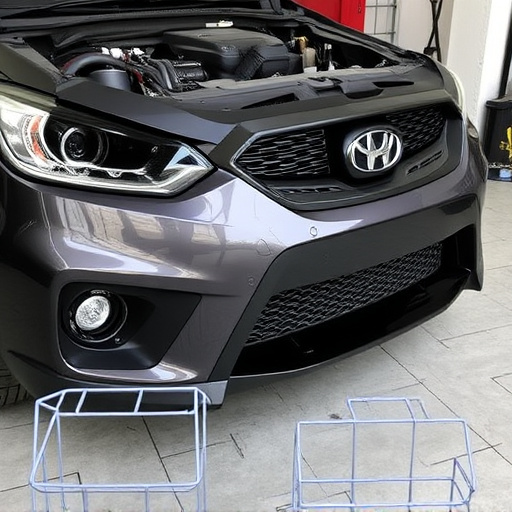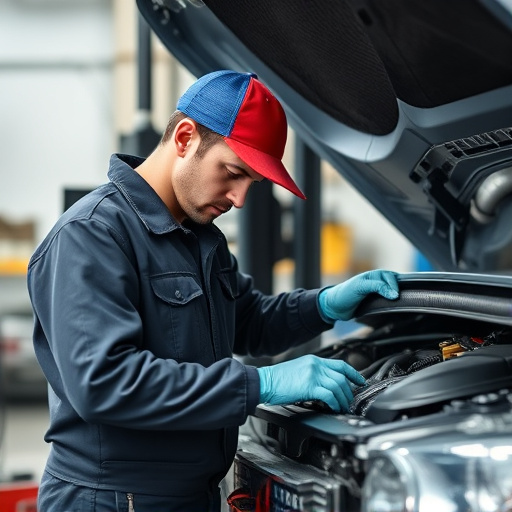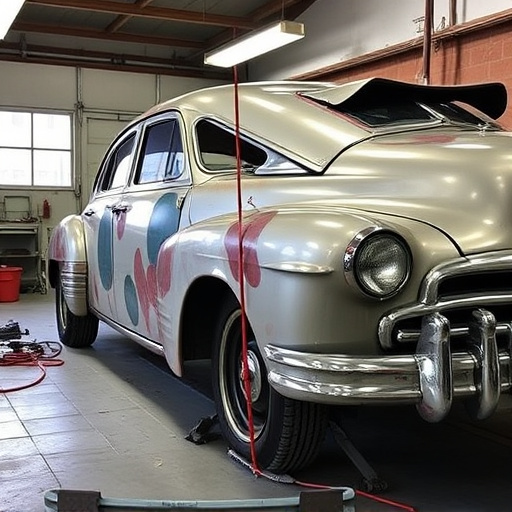Radiator replacement accidents present multifaceted challenges driven by vehicle defects, mechanical failures, or traffic incidents. Comprehensive data analysis focusing on vehicle models, accident scenarios, and repair outcomes is crucial for identifying recurring problems. This insights-driven approach allows mechanics to streamline repairs, reduce turnaround times, and maintain safety standards, ensuring superior service for all vehicle types. By leveraging post-accident data from radiator replacement incidents, collision centers and auto body shops can optimize service quality, enhance customer satisfaction, and foster excellence in auto collision repair practices.
In the automotive service industry, understanding and mitigating risks associated with radiator replacement accidents is paramount. This article explores how leveraging data from such incidents can significantly enhance service quality. We delve into a comprehensive analysis of radiator replacement accidents, highlighting the importance of meticulous data collection and its role in fostering safer practices. By implementing changes based on accident reviews, workshops can improve efficiency, reduce errors, and ultimately provide superior customer experiences.
- Understanding Radiator Replacement Accidents: A Comprehensive Overview
- Data Collection and Analysis for Improved Service Quality
- Implementing Change: Enhancing Service Delivery Post-Accident Review
Understanding Radiator Replacement Accidents: A Comprehensive Overview
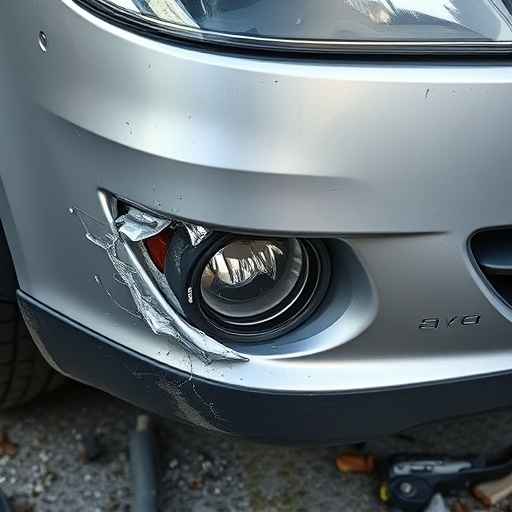
Radiator replacement accidents often occur due to various factors such as vehicle defects, mechanical failures, or external impacts during traffic incidents. These incidents can range from minor fender benders to severe collisions, each carrying unique challenges in terms of repair complexity and safety implications. By thoroughly understanding the root causes and patterns behind these accidents, auto collision repair experts can significantly enhance service quality for radiator replacement.
Comprehensive data analysis on radiator replacement accidents involves examining vehicle models, accident scenarios, and repair outcomes. This information is crucial for identifying recurring issues that may require specific attention or innovative solutions in vehicle paint repair. Moreover, it enables mechanics to streamline the repair process, ensuring faster turnaround times without compromising safety standards. The insights derived from such studies can drive continuous improvement in service protocols, ultimately fostering a culture of excellence in vehicle collision repair.
Data Collection and Analysis for Improved Service Quality
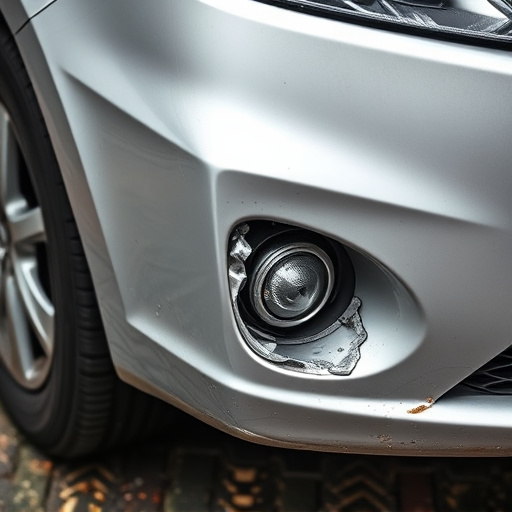
Accident data, particularly focusing on radiator replacement incidents, offers a wealth of insights for vehicle service centers and body shops. By systematically collecting and analyzing this data, businesses can identify patterns and trends that impact service quality. For instance, understanding the common causes of radiator accidents can help streamline the repair process, ensuring faster turnaround times. Through advanced analytics, workshops can identify recurring issues with specific vehicle models or certain types of damage, such as dents or fender repairs.
This data-driven approach enables vehicle body shops to optimize their operations. They can allocate resources more efficiently, train staff on emerging trends, and even develop innovative solutions for dent removal or fender repair. By leveraging radiator replacement accident data, shops can enhance their overall service quality, leading to increased customer satisfaction and loyalty.
Implementing Change: Enhancing Service Delivery Post-Accident Review
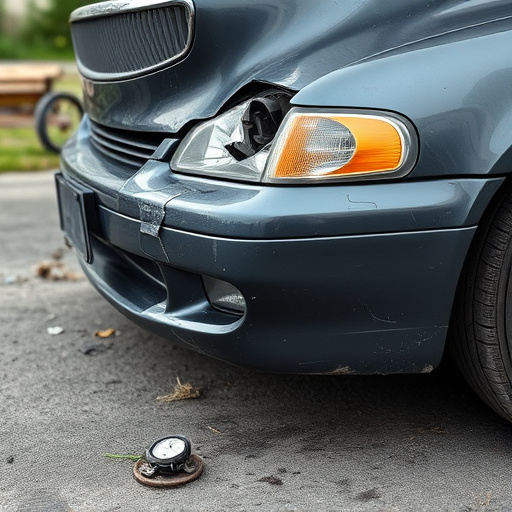
After a radiator replacement accident, the data collected from these incidents can serve as a powerful tool for enhancing service delivery in collision centers and auto body shops. By thoroughly reviewing the process and outcomes of each case, businesses can identify areas where improvements are needed to ensure better customer experiences. This includes streamlining the repair process, especially for complex auto frame repairs and intricate auto dent repair work, to reduce turnaround times without compromising quality.
Implementing these changes requires a strategic approach. Collision centers should focus on training staff to handle post-accident reviews systematically, documenting lessons learned, and sharing them across teams. Integrating advanced technologies like digital imaging and precision measuring tools can also aid in accurate assessments, facilitating efficient radiator replacement and related auto frame repairs. As a result, customers will benefit from faster service times while maintaining high-quality standards.
By leveraging data from radiator replacement accidents, service providers can identify recurring issues and implement targeted improvements. This proactive approach, grounded in thorough analysis of incident reports and related data, ensures enhanced service quality, mitigates risks, and ultimately fosters customer satisfaction. By prioritizing post-accident reviews, the industry can achieve a safer and more reliable environment for both technicians and clients, making efficient use of insights gained from these incidents.

